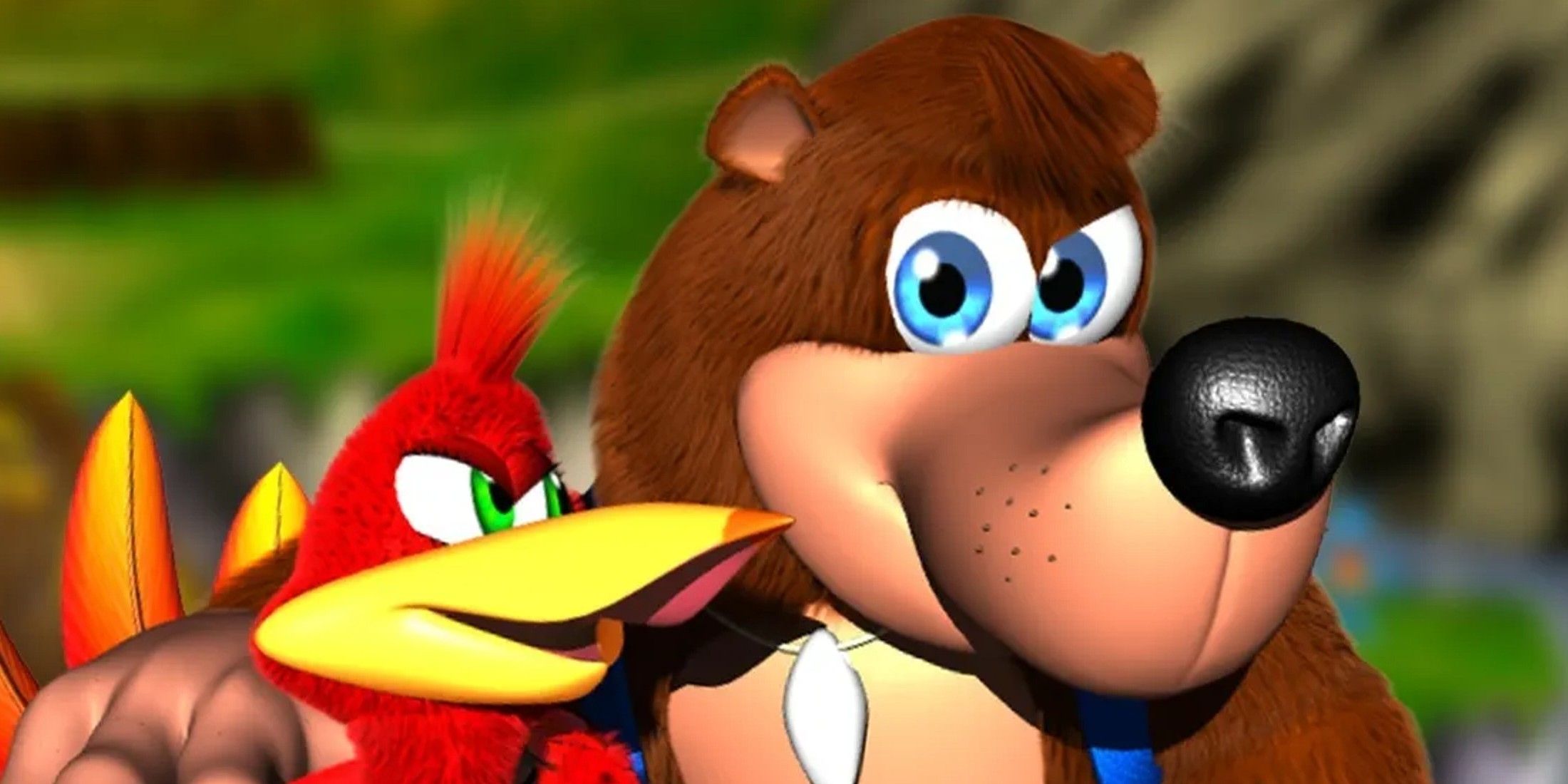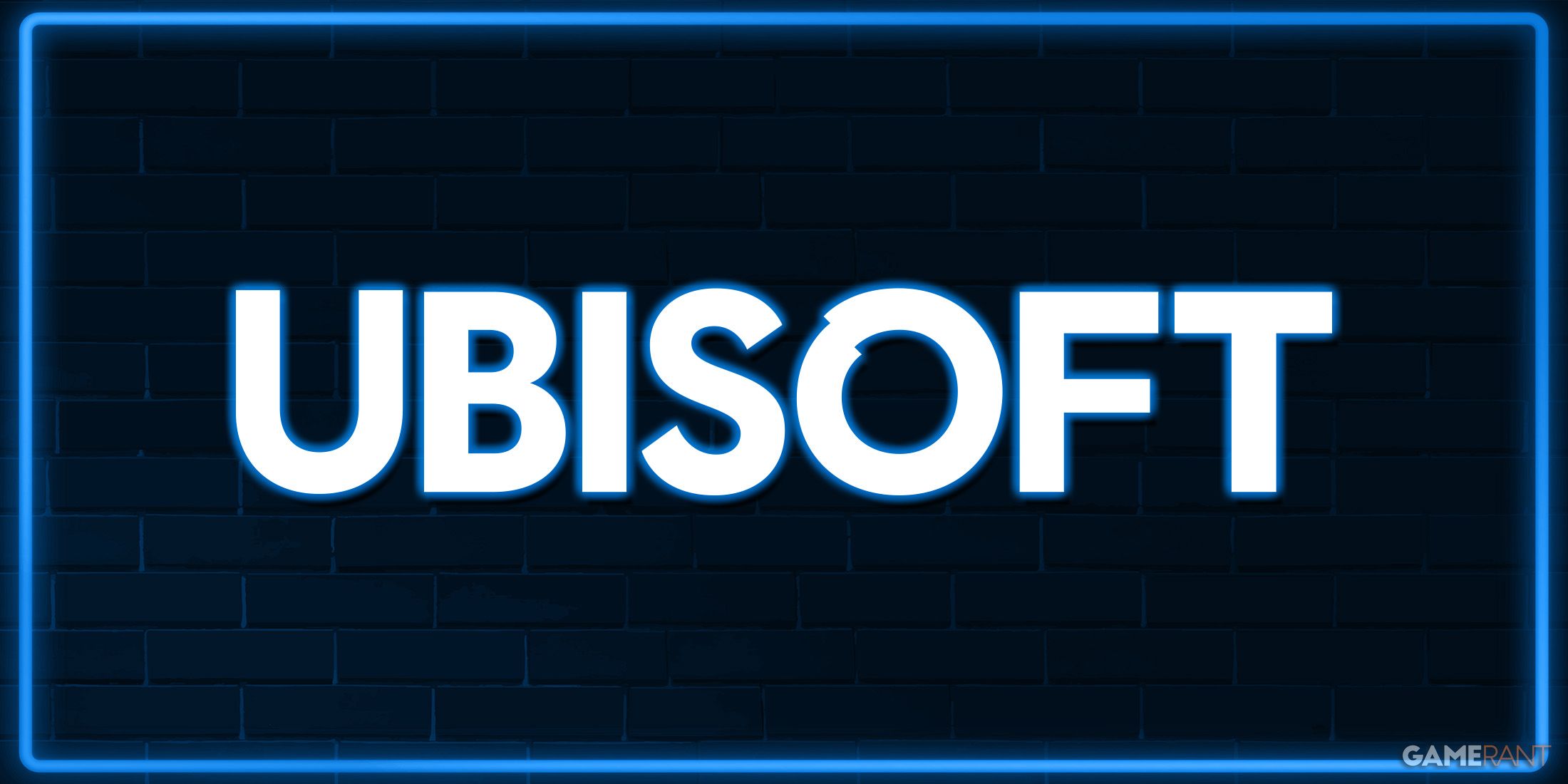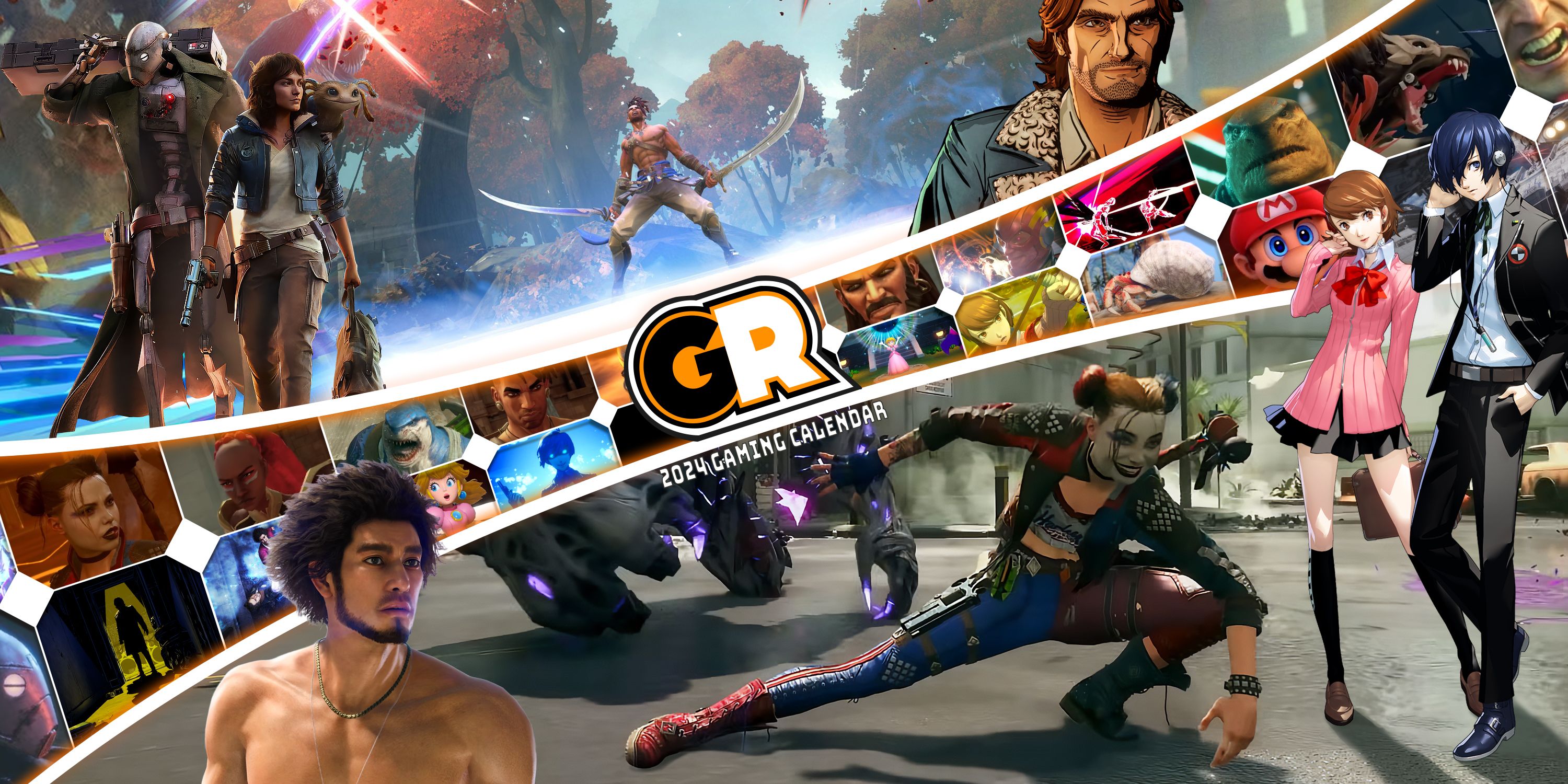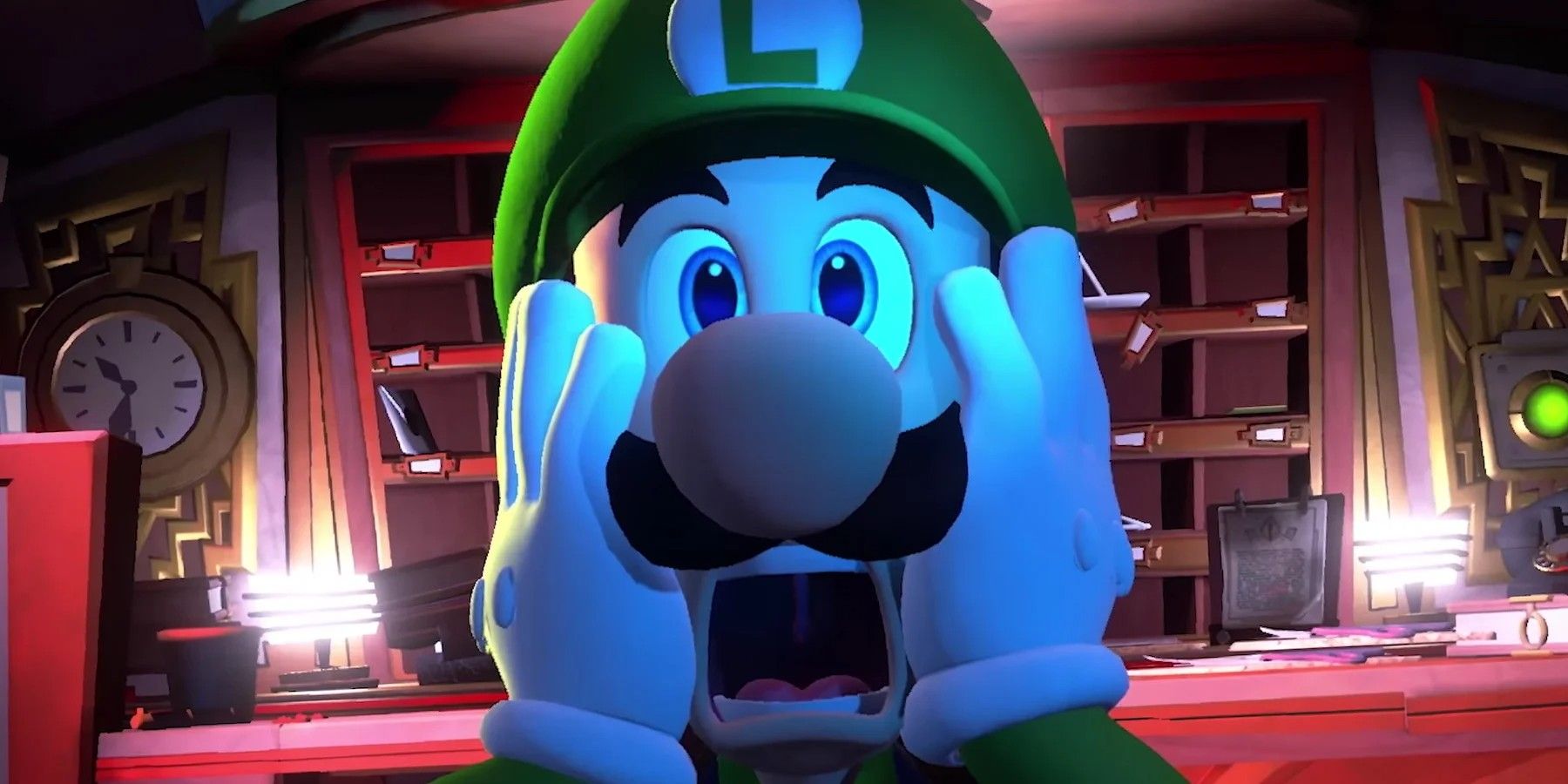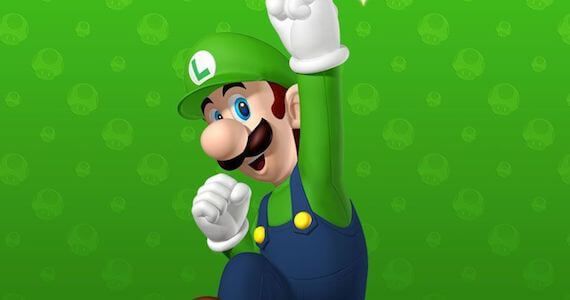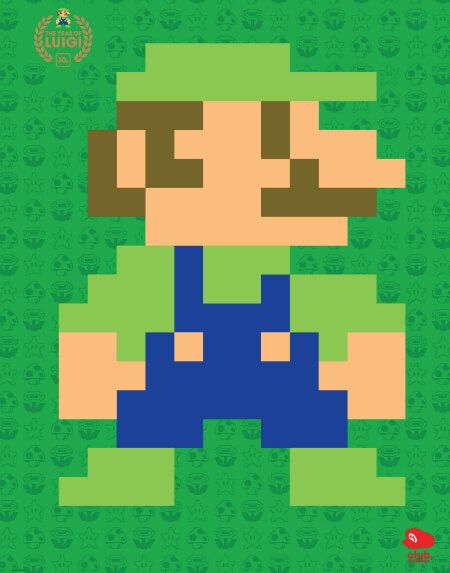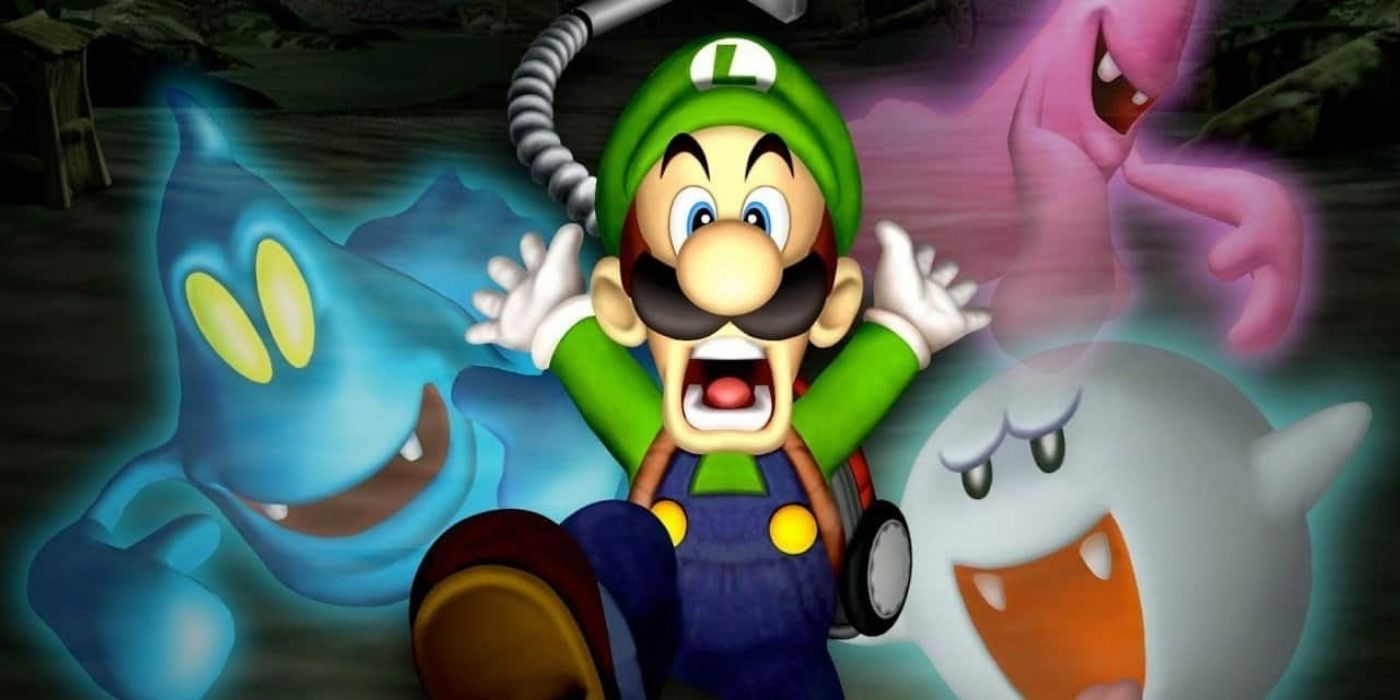It's not easy being a younger brother, especially when the elder sibling is the biggest icon in gaming history. But Luigi tries his best, and while he may always be outshined by his older plumber brother, he's not without his fans, or his own series of great video games. Along with appearing in all of Mario's mainline titles for the past few decades, Luigi is the star of his own Luigi's Mansion series, which sees the green-clad plumber use his skills to bust some ghosts. Nintendo doesn't always give Luigi the spotlight, but when it does, it does so in style.
In February 2013, Nintendo announced that for the next 12 months, the "Year of Luigi" would be celebrated. While the initial announcement was met with a decent wave of fan appreciation for the often overshadowed brother, Nintendo's "Year of Luigi" happened to begin just a few months after the release of the Wii U, culminating in a year of record loss for the company.
The Idea Behind Nintendo's 'Year of Luigi'
The idea was simple, Luigi had been appearing in games since 1983, so 2013 marked his 30th anniversary. To celebrate this pretty big milestone, Nintendo announced during its February 2013 Direct that the "Year of Luigi" was upon gamers, and that over the next 12 months, Nintendo would release a wide range of Luigi-themed merchandise, DLCs, and full video game experiences.
Over the course of the 37-minute Nintendo Direct, a few games featuring Luigi were previewed. Shigeru Miyamoto previewed the upcoming Luigi's Mansion: Dark Moon, while Mario & Luigi: Dream Team and Mario Golf: World Tour were both announced and shown. The Direct also saw the reveal of New Super Luigi U, an expansion pack for New Super Mario Bros. U that released on the console the year prior. This expansion pack wouldn't feature Mario at all, which is a pretty rare occurrence in the franchise.
Nintendo wasn't done with surprises just yet. In the most 2013 move of all time, Nintendo then released a video of Luigi doing the "Harlem Shake," which can still be viewed on the Nintendo's official YouTube channel, and is well worth the 30 seconds.
A Horde of Luigi-Themed Products
When Nintendo sets its mind to something, there's little that can get in its way. The "Year of Luigi" didn't just see a few commemorative coins being given out to fans, and one or two game releases. The "Year of Luigi" was a 12-month-long event.
Over the course of the year, a vast range of Luigi merchandise and collectibles was released. This included a new 3DS design, which featured a crisp white backdrop, scattered with dark and lime green Luigis all over it. Club Nintendo members could receive a poster depicting pixel-art Luigi if they reached the Platinum level during the year. Nintendo even spread its Luigi influence to Chicago's railway, where it decorated an entire train car with some pretty garish New Super Luigi U promotional art.
Although Mario Golf: World Tour ended up being pushed back to 2014, the "Year of Luigi" saw a pretty commendable four Luigi-based games release. The first of which was Luigi's Mansion: Dark Moon, a direct sequel to the beloved 2001 original on the Game Cube. The game received both a great deal of critical and commercial success, with many outlets giving it around an 85/100.
Next up was the New Super Luigi Uexpansion pack that added an impressive 82 levels to the game. Critics also praised this content, with many pointing to the game's new physics and more challenging level design as being more than enough to warrant the return to the previous year's entry.
Mario & Luigi: Dream Team saw Mario entering Luigi's dreams in an attempt to save Peach once more. While it didn't review quite as well as the previous entries in the series, Dream Team still garnered scores of around the 80/100 mark, so it was far from a critical failure. The final game in Nintendo's "Year of Luigi" broke the company's critical streak, with Dr. Luigi, a Luigi-themed version of the Tetris-inspired Dr. Mario, only earning scores of around the 65/100 mark.
Ending the Year With a $450 Million Loss
Despite all of its best efforts, Nintendo reported a record loss of 46.4 billion Yen, which roughly calculates to around $456 million. This record loss for the company was a continuation of a downward trend. After earning a massive net profit year after year, especially since the launch of the Wii, 2011 saw the company's first annual loss in three decades.
2012 saw this trend continue, with the Wii U failing to meet expectations, and thus causing the company's second annual loss in a row. So by the time 2013's earnings report rolled around, Nintendo had to present its disappointing findings, that the company had experienced a net loss of $456 million.
Of course, this significant loss for the company can't be blamed on the green plumber. While it's certainly unfortunate that the "Year of Luigi" happened to coincide with the worst financial year in Nintendo's history, most of the company's decisions relating to the event were both good for the commercial side of things, and for fans. Multiple quality games released, and one of gaming's more underrated, influential characters was celebrated for being as important as they are.
Still, not even Luigi could save Nintendo from its disastrous Wii U console launch. Even with the release of some solid Wii U titles that reviewed decently, the general public didn't flock to the Wii U like they did its predecessor. Marketing failures, a lack of games, and unfulfilled promises all held the Wii U back. Perhaps Nintendo should have focused on new and innovative Wii U titles instead of decorating a train.

